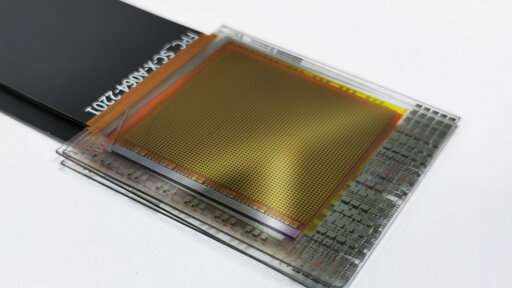They use stacked transparent color sensors, like Foveon camera sensors used to.
In numerous experiments, the researchers put the two prototypes, which differ in their readout technology, through their paces. Their results prove the advantages of perovskite: the sensors are more sensitive to light, more precise in color reproduction and can offer a significantly higher resolution than conventional silicon technology.
The fact that each pixel captures all the light also eliminates some of the artifacts of digital photography, such as demosaicing and the moiré effect.



I’ve heard there’s been some real breakthroughs in perovskite for solar cells in just the last few years. As you said, chemical instability is supposed to be their primary weakness, but my understanding is that progress has been made in finding the perfect chemical makeup for the “sandwiching” materials between layers of perovskite. I’m pretty sure that “perfect” chemical makeup is the proprietary trade secret variety, so I don’t really know much more about it.
And admittedly, I’ve never been in the field of materials science, so you’re much more of an expert in this area. But I’ve been following a lot of green energy news, and I know promising progress is actively being made on perovskite.
Thanks. I have to admit I haven’t worked on perovskite since then, so my knowledge is surely very outdated.